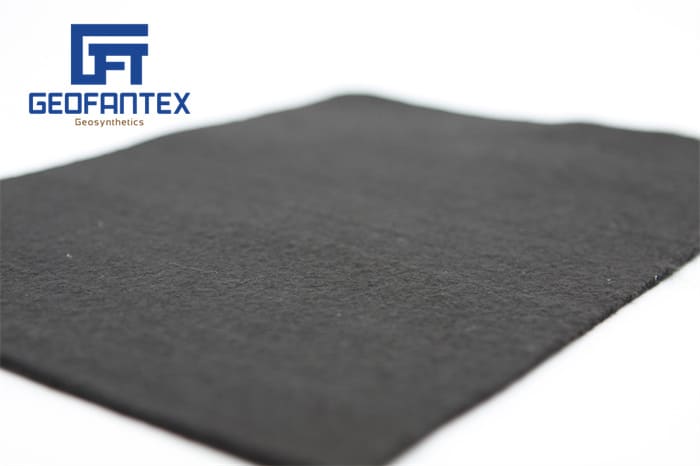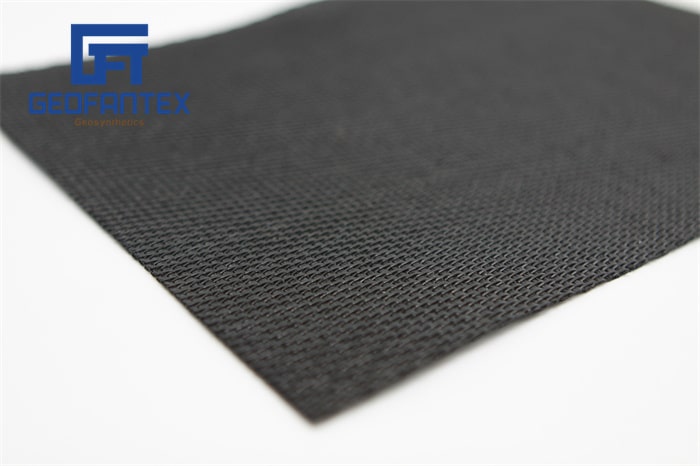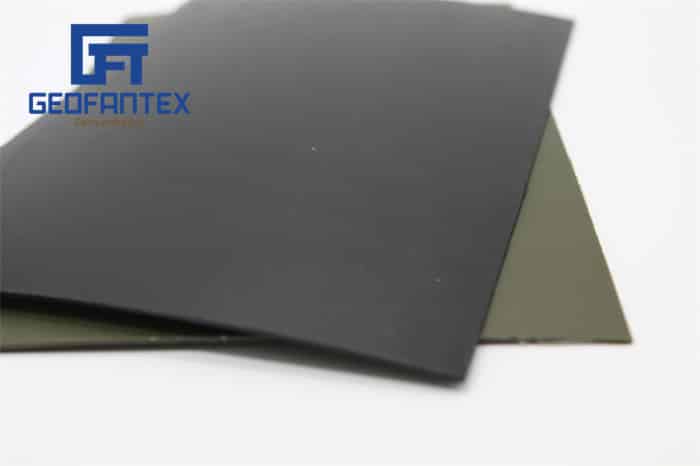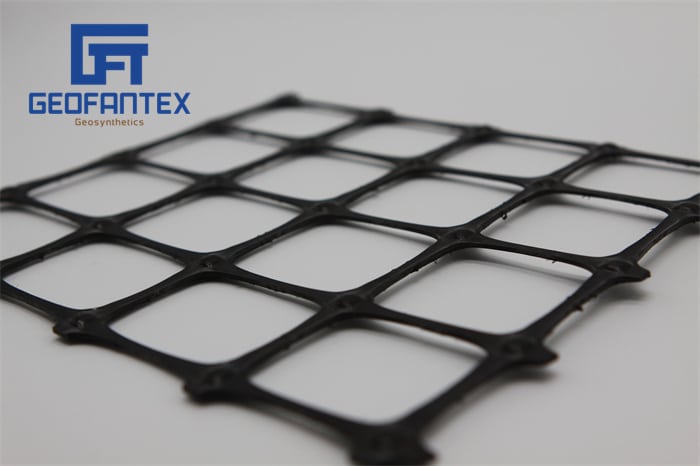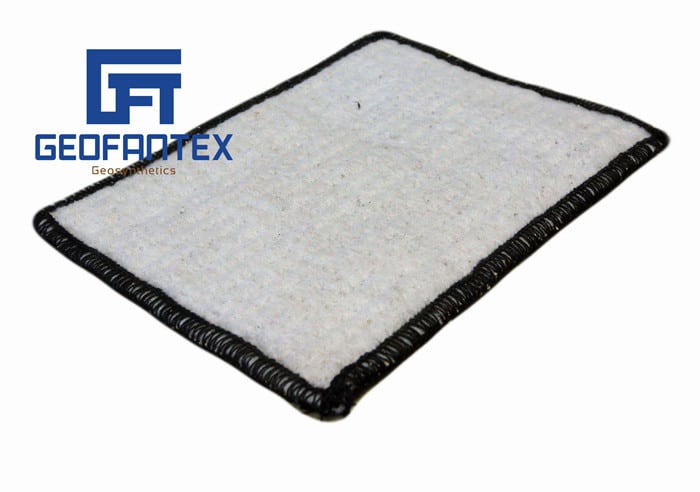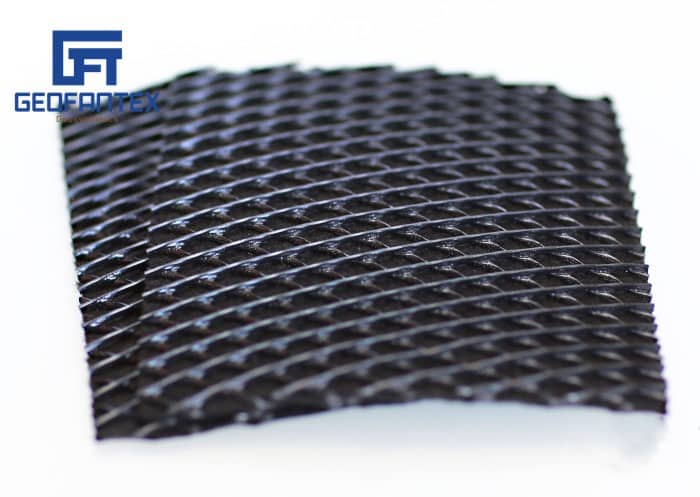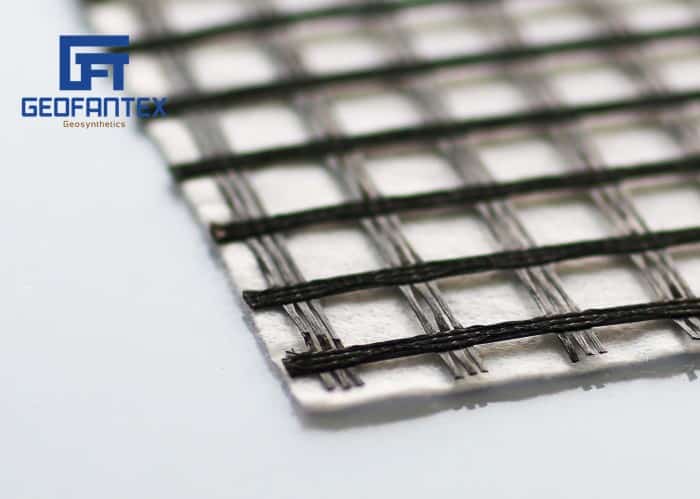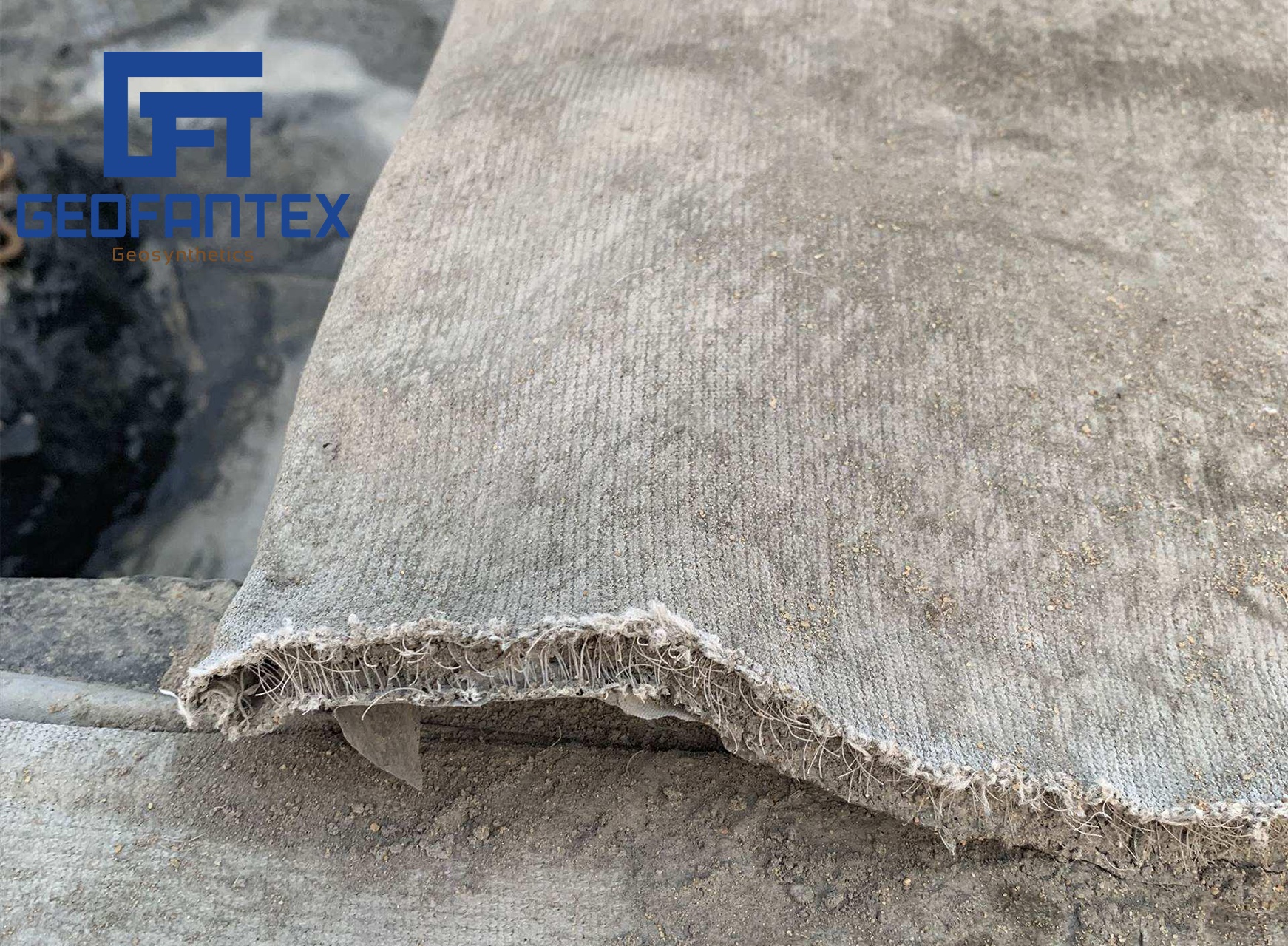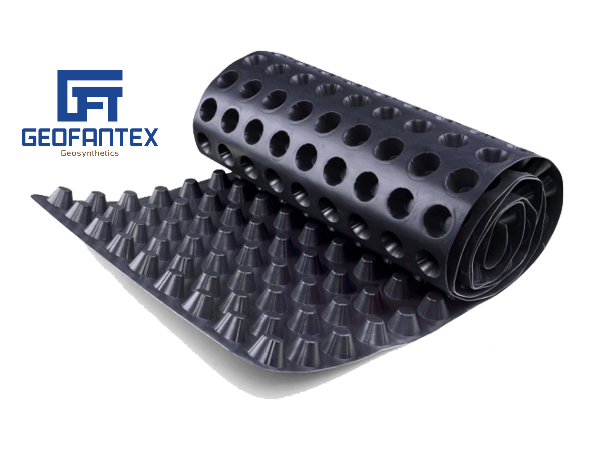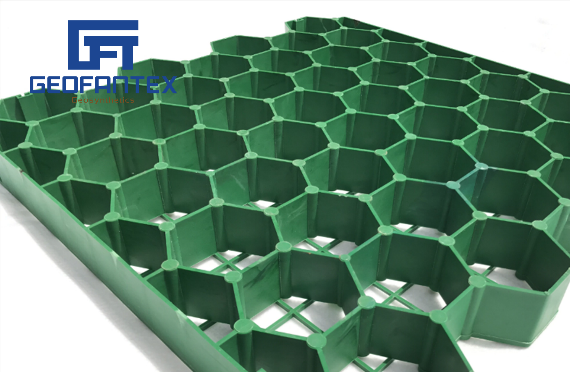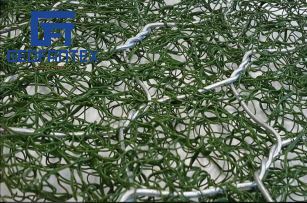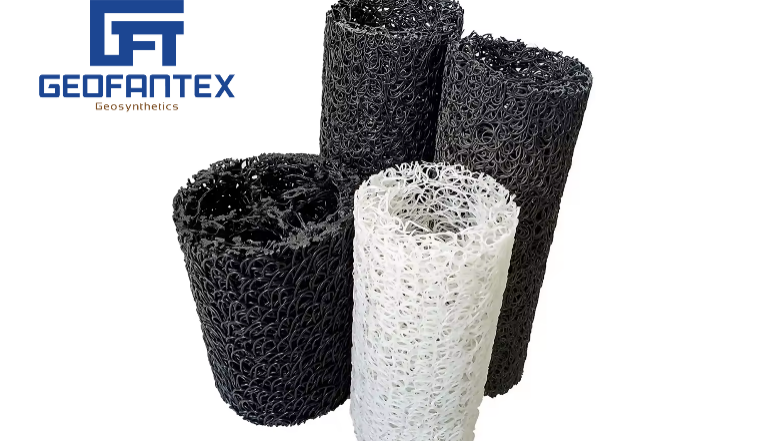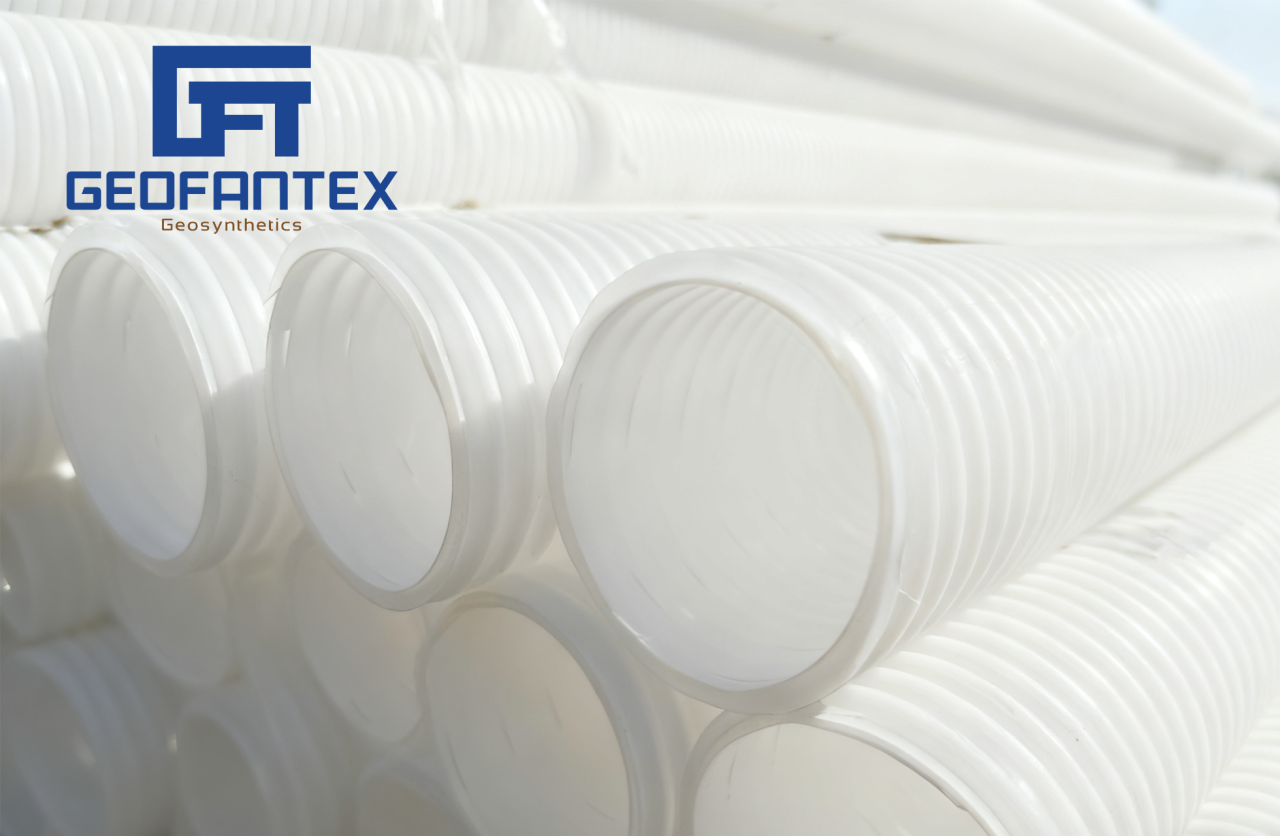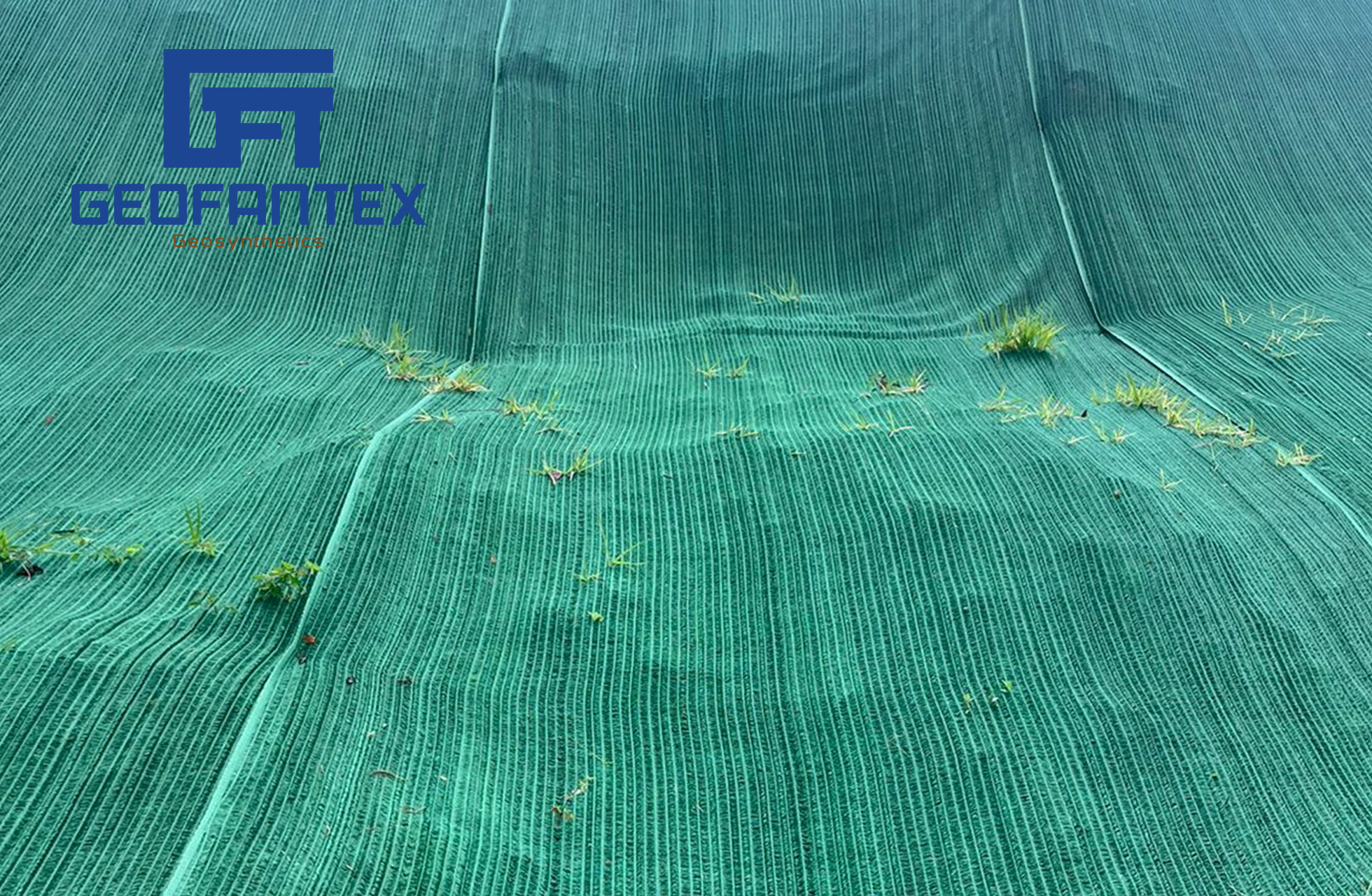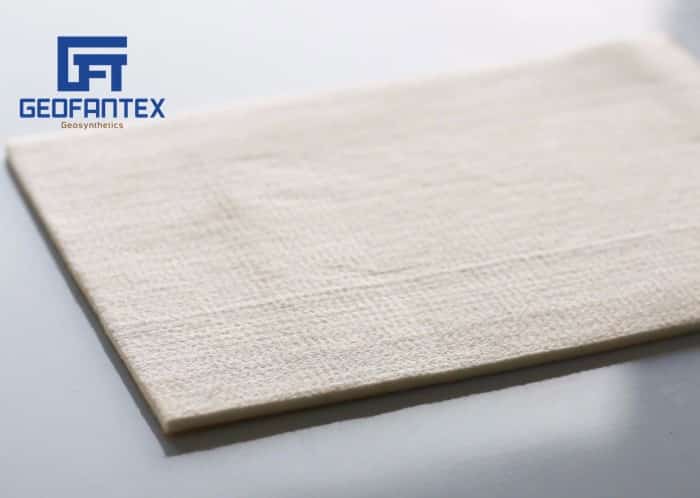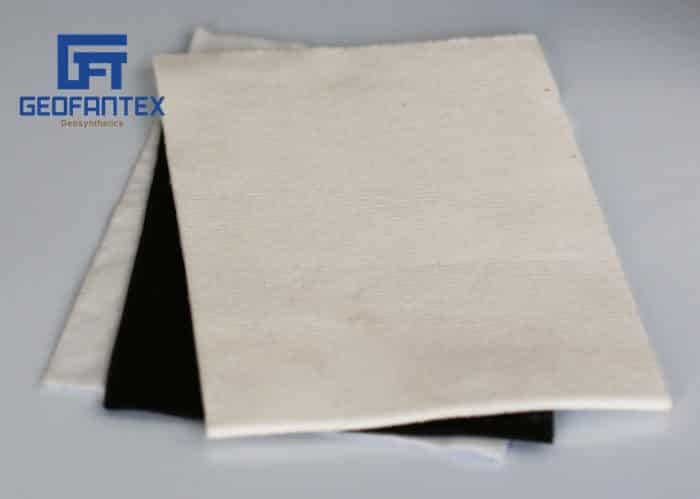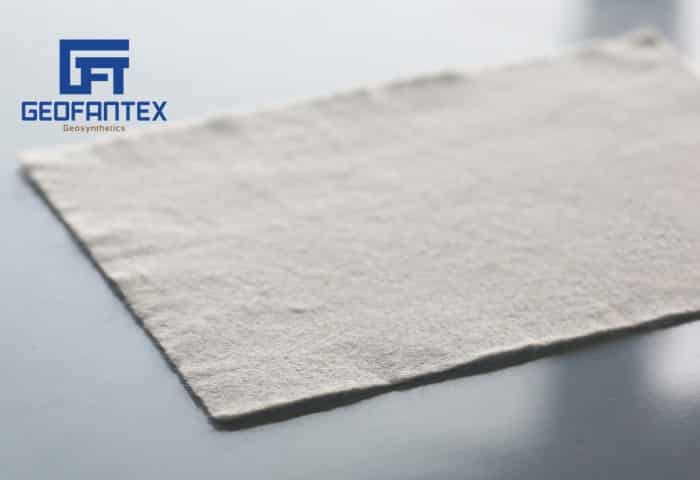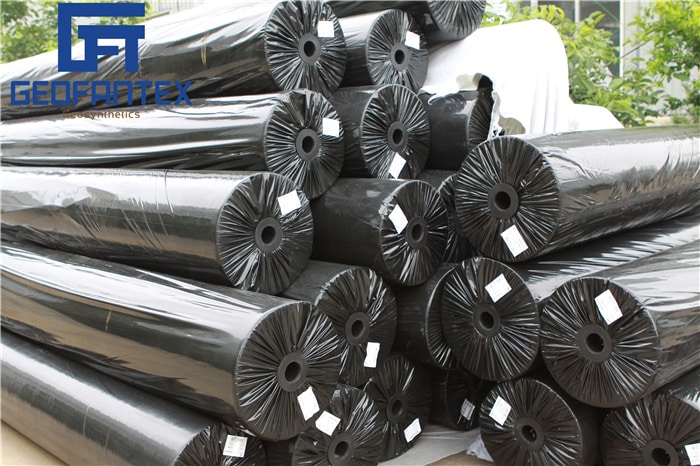+86-159 9860 6917
info@geofantex.com
geofantex@gmail.com
+86-400-8266163-44899
When working with soil reinforcement and stabilization, understanding the difference between geotextile vs geogrid is crucial for choosing the right geosynthetic solution. Both materials are widely used in civil engineering and construction projects, but they serve different functions based on their properties and design.
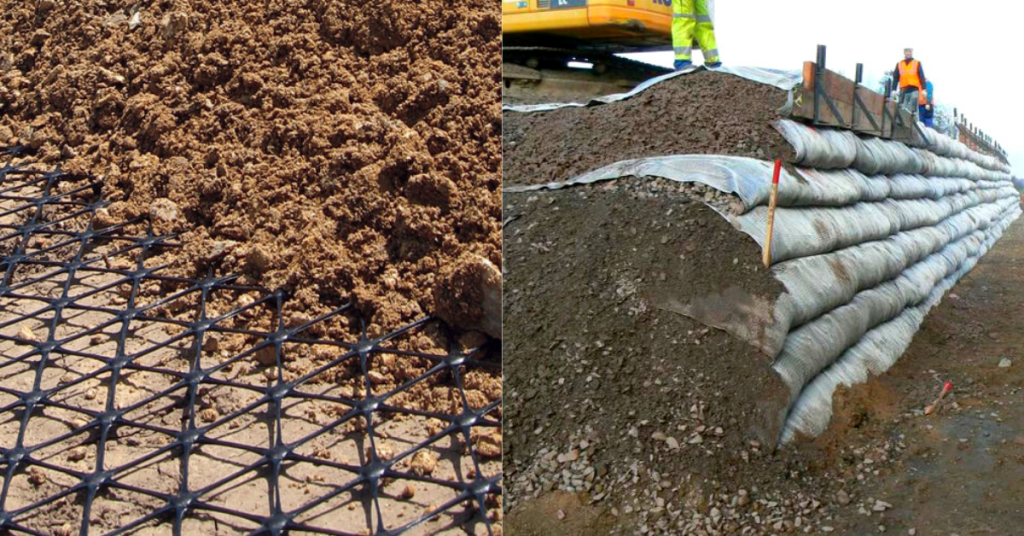
What is the difference between geotextile and geogrid?
- Geotextile: A permeable fabric made from polyester or polypropylene fibers, primarily used for filtration, separation, and drainage. It allows water flow while preventing soil mixing.
- Geogrid: A grid-like polymer structure designed for soil reinforcement and load distribution, providing tensile strength to stabilize soil under heavy loads.
- Key distinction: Geotextiles manage water and soil movement, while geogrids enhance structural stability and support.
In what applications is geotextile preferred over geogrid?
Geotextiles are ideal for applications requiring filtration and separation, such as:
- Road sub-base separation
- Drainage systems
- Erosion control
- Landfill liners
According to the International Geosynthetics Society, over 40% of geosynthetic usage worldwide is attributed to filtration and separation functions where geotextiles dominate (IGS, 2023). This highlights the importance of geotextiles in projects focused on soil and water management.

Where does geogrid excel compared to geotextile?
Geogrids excel in applications demanding high tensile strength and soil reinforcement, such as:
- Retaining wall reinforcement
- Slope stabilization
- Embankments on soft soil
- Pavement base reinforcement
Industry data shows that the global geogrid market is growing at a compound annual growth rate (CAGR) of 7.8% from 2022 to 2027, driven by infrastructure development and demand for durable soil reinforcement materials.
Can geotextile and geogrid be used together?
Yes, combining geotextile vs geogrid in layered systems is common in complex geotechnical projects. The geotextile layer can provide filtration and separation, preventing soil migration, while the geogrid adds structural reinforcement to stabilize the soil.
This synergy maximizes the benefits of both materials, especially in highway construction, embankments, and retaining structures, resulting in longer-lasting and more cost-effective solutions.
Understanding the differences between geotextile vs geogrid helps engineers and contractors select the most effective geosynthetic materials for their projects, ensuring optimal performance in soil stabilization, drainage, and reinforcement.
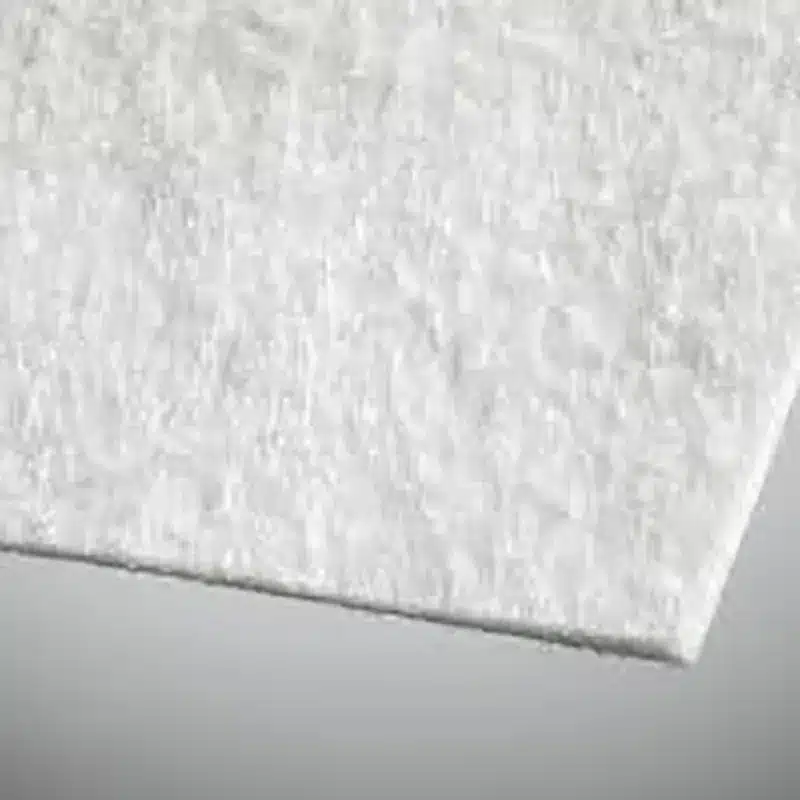
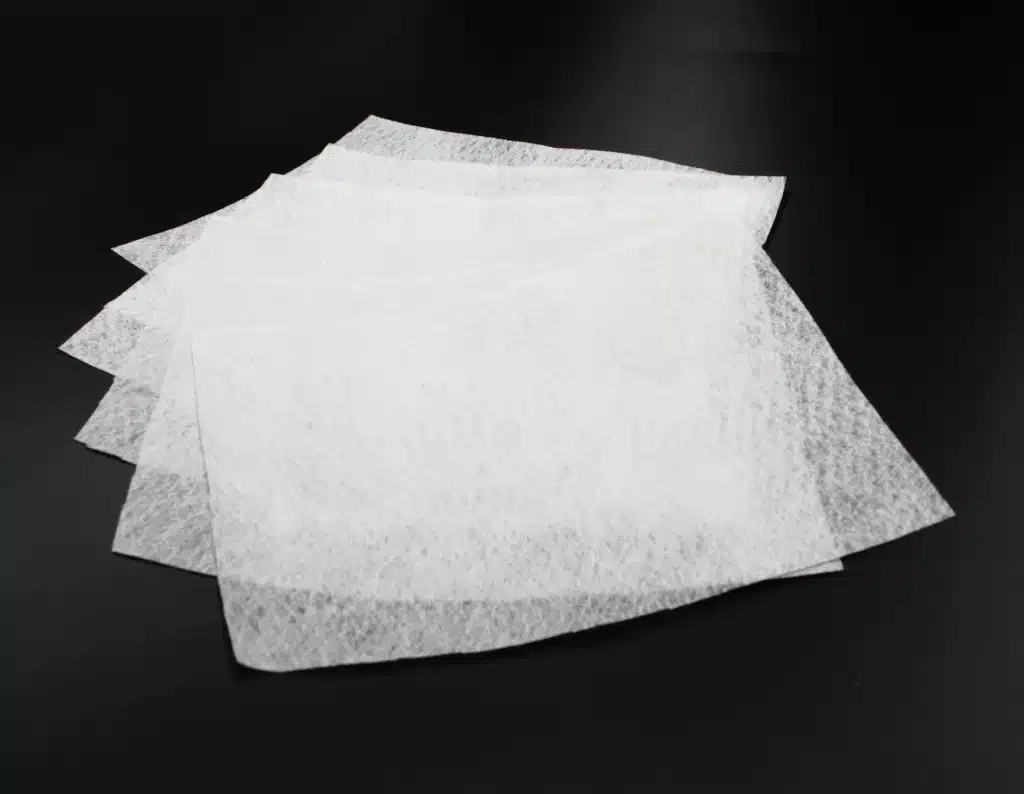
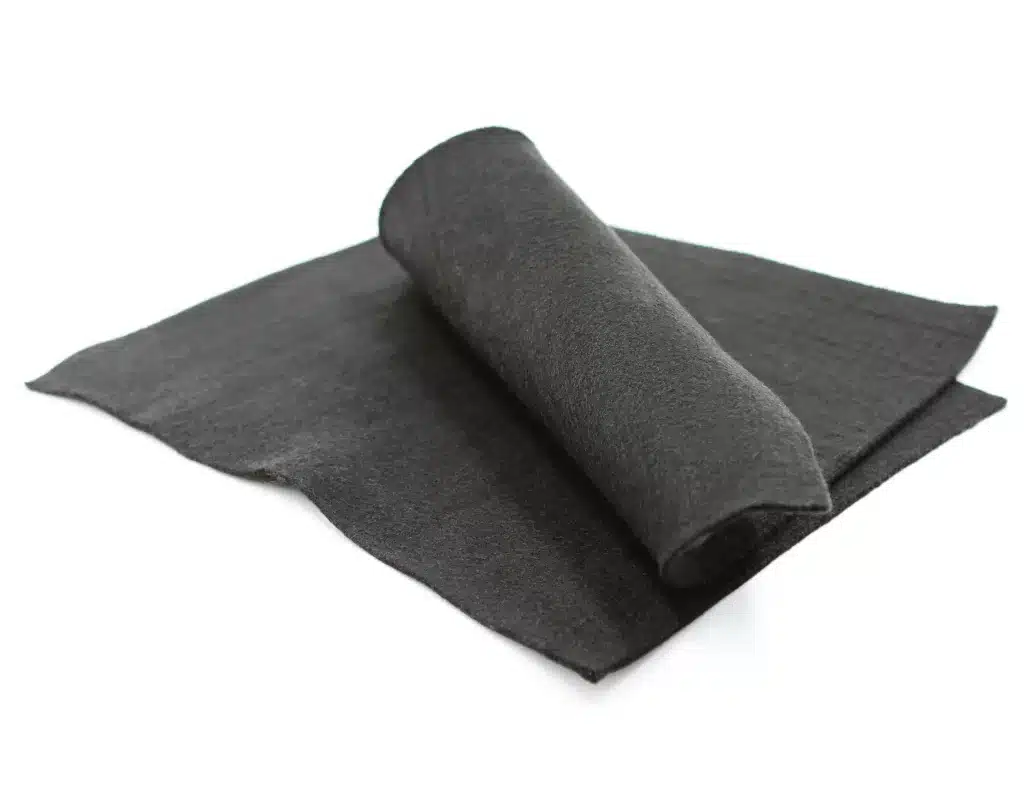
Get Free Sample
We’ll respond as soon as possible(within 12 hours)

